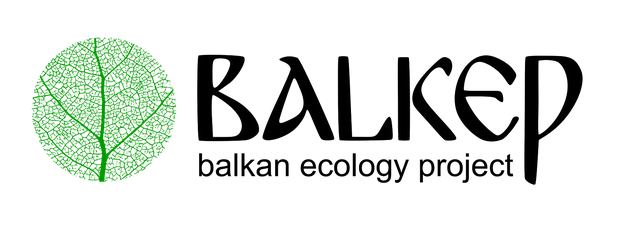This week the Akebia Quinata fruits opened, revealing their seeds within the tropical yet other-worldly looking fruits. It was fun to present the fruits to the ESC crew and watch their surprised expressions, especially when they learnt that you can eat the white seed containing flesh. The outer purple skin is theoretically edible, but doesn't taste good in our opinion, although we've only tried it raw and I've heard that it's more palatable cooked. Although the edible white flesh is small in quantity and fiddly to eat, the taste is divinely sweet, although not chocolate like at all. The association with chocolate is likely more related to the sweet smelling purple flowers that cover the vine in early April. We save the seeds for growing new stock and also seed packs from our bionursery.
Akebia is a climbing vine or a ground cover. It comes into leaf in early spring and shortly after leafing is adorned with beautiful purple flowers. It's fast-growing and has created an incredible high cover providing much needed shade in our yard in the summer months.
We planted it beside one of the vines in our yard but can't recommend this combination as the Akebia growth will eventually strangle the Grapevine as it matures and the Akebia, while not being pruned every year, is starting to dominate the arbour and reducing the light the vine receives and very few grapes grow in this area now.
This week with the ESC crew we extended and made improvements to a central spiral feature in the central community garden area.
The volunteers have been helping to maintain this garden throughout the summer, and it was nice to finally lay the stones into the spiral as this completed one of the first tasks that was started on back in the spring. We waited until the autumn so that the soil was nice and moist, making it easy to lay the stones and ideal conditions for incoming plants.
 |
| Before |
 |
| After |
The area is in pretty deep shade in the summer and also under pine trees so it may be acidic. We selected the following plants to fill out the space;
Mentha spp - Mint We were given some divided plants by a local elderly lady and there are already several established plants doing well in this area. Borderline hardy to zone 6/7, the flowers attracting butterflies and bees and they grow well in the shade.
Ajuga repans - Bugle is an evergreen perennial hardy to zone 3 that makes an excellent ground cover plant, forming a mat of glossy edible leaves. The flowers are favoured by bees and the dense mat formed by the plants provide shelter for many beneficial organisms. It can grow well in the shade.
 |
| From L top clockwise - Ajuga, Lamium & Mentha |
 |
| The 'wash down' pose |
Regenerative Landscape Design - Online Interactive Course
Want to learn how to design, build and manage regenerative landscapes? Join us for our Regenerative Landscape Design - Online Interactive Course from May 1st to Sep 13th, 2023.
We're super excited about running the course and look forward to providing you with the confidence, inspiration, and opportunity to design, build and manage regenerative landscapes, gardens, and farms that produce food and other resources for humans while enhancing biodiversity.

Regenerative Landscape Design Online Course
You can find out all about the course here and right now we have a 20% discount on the full enrollment fees. Just use the promo code RLD2023 in the section of the registration form to receive your discount.
We are looking forward to providing you with this unique online learning experience - as far as we know, the very first of its kind. If you are thinking of reasons why you should do this course and whether this course is suitable for you, take a look here where we lay it all out. Looking forward to it!
We're super excited about running the course and look forward to providing you with the confidence, inspiration, and opportunity to design, build and manage regenerative landscapes, gardens, and farms that produce food and other resources for humans while enhancing biodiversity.
 |
| Regenerative Landscape Design Online Course |
You can find out all about the course here and right now we have a 20% discount on the full enrollment fees. Just use the promo code RLD2023 in the section of the registration form to receive your discount.
We are looking forward to providing you with this unique online learning experience - as far as we know, the very first of its kind. If you are thinking of reasons why you should do this course and whether this course is suitable for you, take a look here where we lay it all out. Looking forward to it!
--------------------------------------------------------------------------------------------------------------------------
Support Our Project
If you appreciate the work we are doing you can show your support in several ways.
- Make a purchase of plants or seeds from our Bionursery or Online Store
- Consider joining us for one of our Courses or Online Courses
- Comment, like, and share our content on social media.
- Donate directly via PayPal to balkanecologyproject@gmail.com or via FTX Pay
- Make a purchase of plants or seeds from our Bionursery or Online Store
- Consider joining us for one of our Courses or Online Courses
- Comment, like, and share our content on social media.
- Donate directly via PayPal to balkanecologyproject@gmail.com or via FTX Pay








































